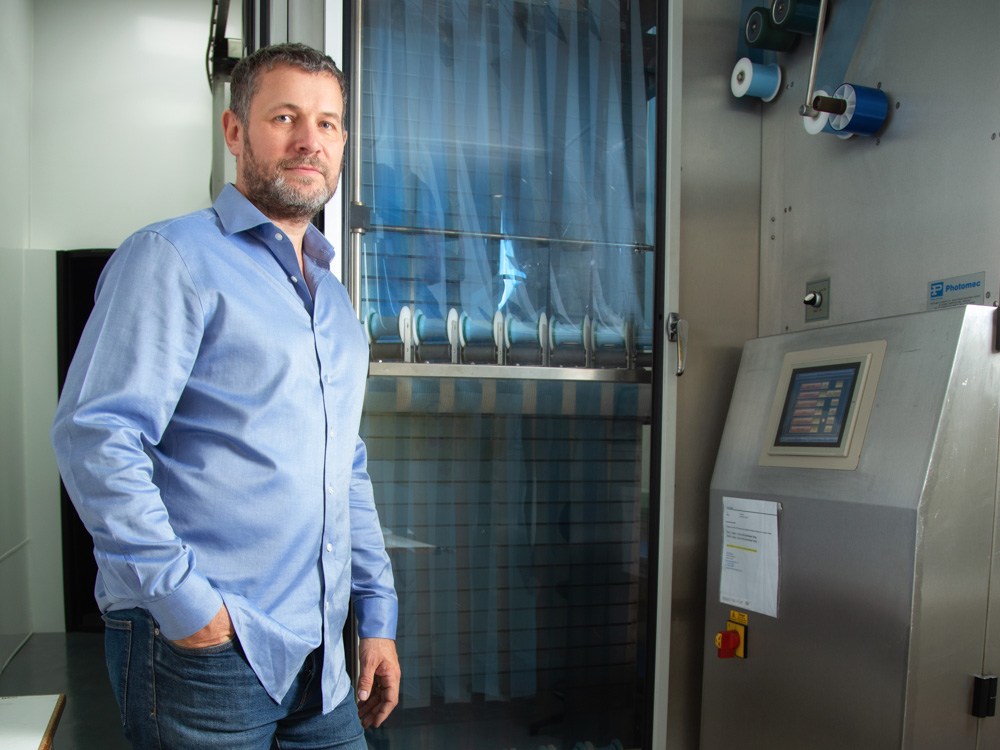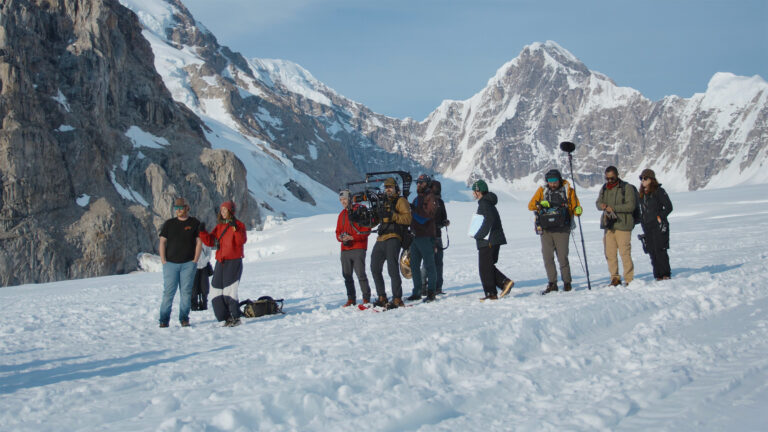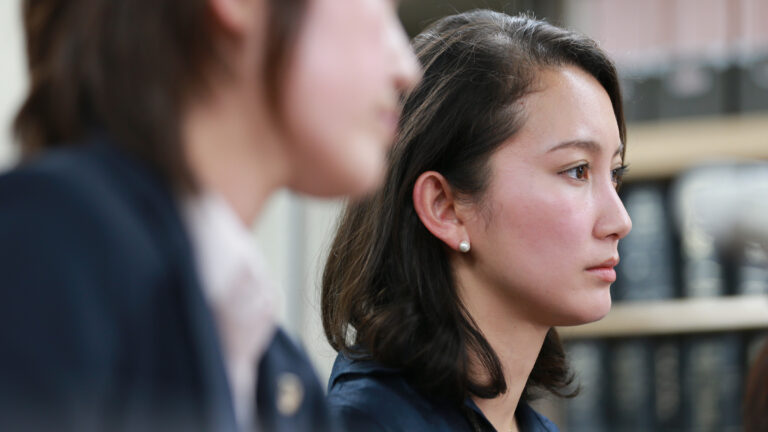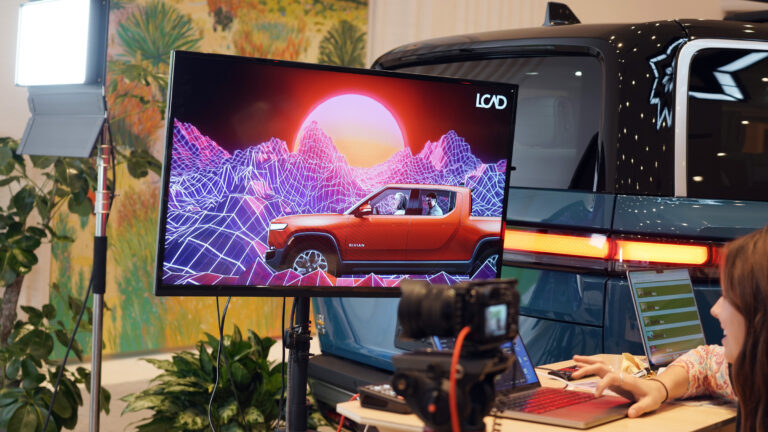Highlights
- If you thought that shooting on film is a thing of the past, think again.
- Commercials, music videos, and independent features are increasingly being shot on film.
- Film acquisition isn’t just for big-budget movies.
- Recent innovations in digital technology are making it easier than ever to shoot on film.
- Let your eyes be your guide when choosing your method of acquisition.
Would you be surprised to learn that even as the ease and quality of digital image acquisition continues to improve, the popularity of shooting on film has actually increased?
In this installment of #MadeInFrame, we spoke with Adrian Bull, founder and Managing Director of Cinelab in London, England, who is very pleasantly surprised to see the exponential rise in film-based acquisition. He gave us some valuable insights into the kinds of projects for which film is currently being used, and how new technologies (including Frame.io) have helped them revitalize a medium that seemed destined for extinction.
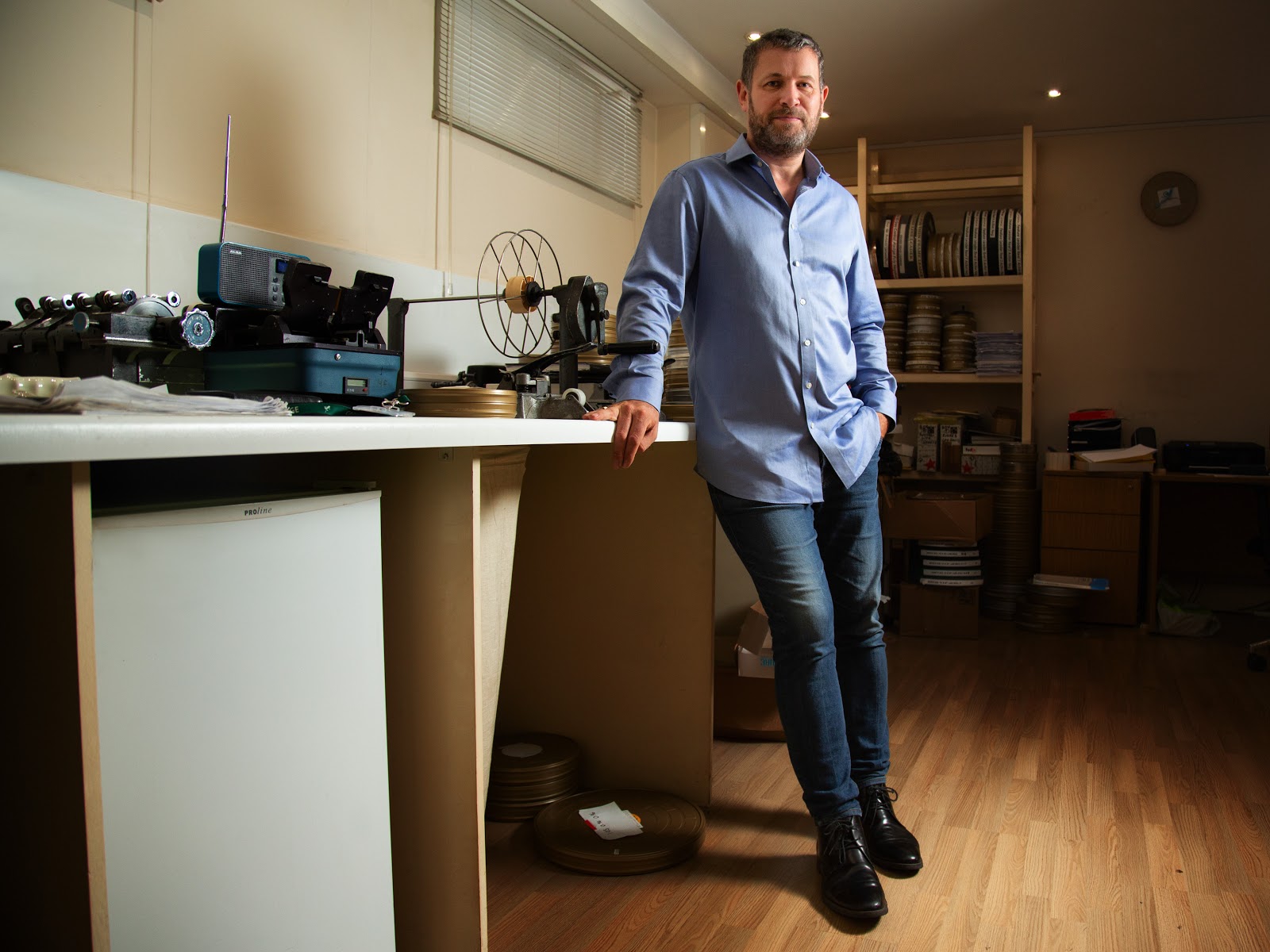
Who They Are
Cinelab is the best-equipped film lab in the UK, providing processing, printing, scanning, and restoration services. They’ve worked on some of the largest-scale productions in recent years, including Star Wars – The Last Jedi and The Phantom Thread. Their location near Heathrow airport has positioned them to be an accessible vendor for productions worldwide, from the UK and Europe, to South Africa to Japan. Mission: Impossible – Fallout sent their film from as far as New Zealand to have it processed at Cinelab London (and no, Tom Cruise didn’t fly it there himself).
When Cinelab opened its doors in 2013, the intention was to support filmmakers who wanted to shoot on film. “We thought it wasn’t going to be very long before that part of the business died out—maybe a few years—and that we would transition to more of an archival service, remastering and digitizing old film content,” Adrian says.
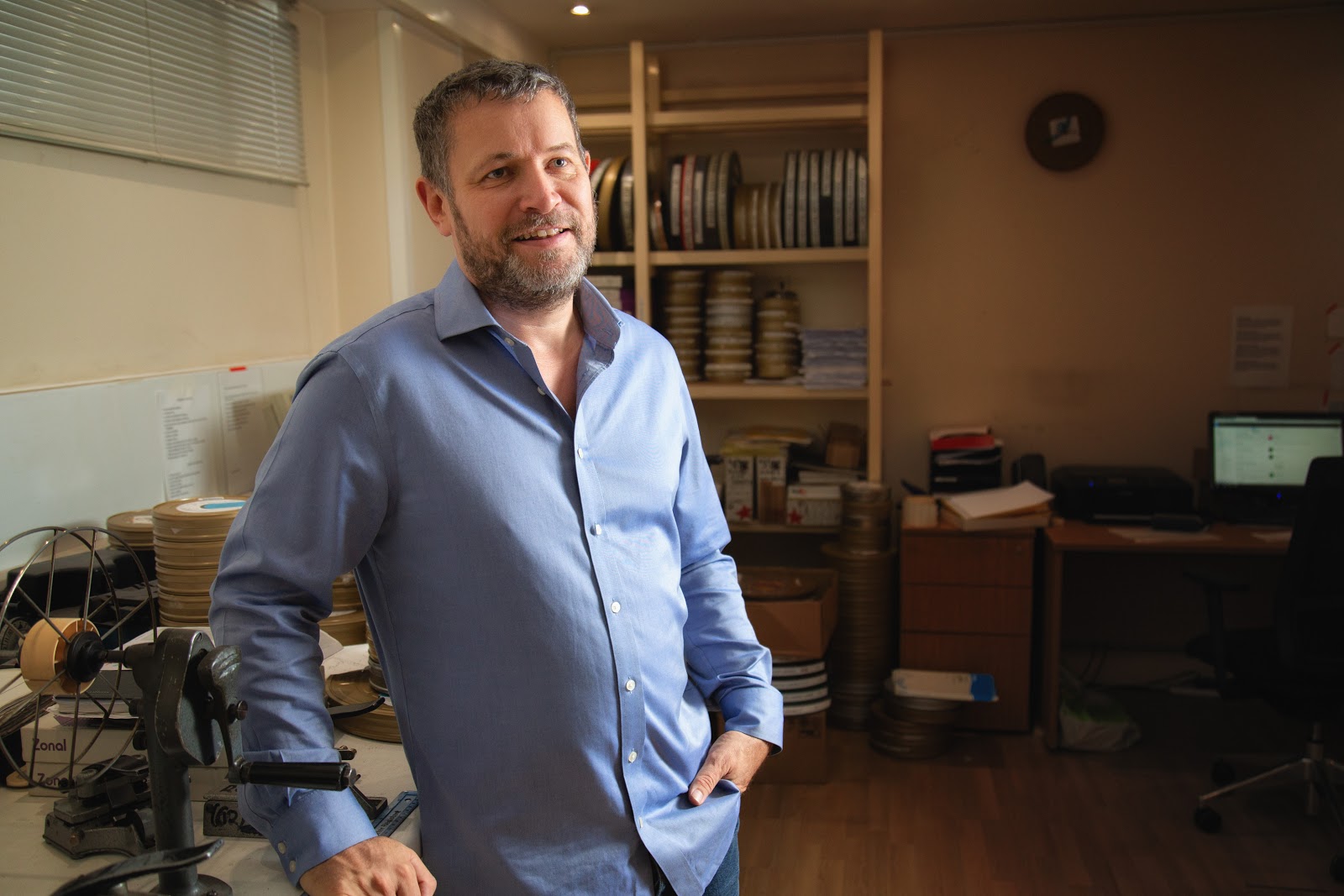
In 2013, Cinelab processed approximately a half-million feet of film. But in 2018, they’ve already processed just over five million feet (so far)—a tenfold increase.
Much of that is a result of the commercial and music video sectors of the industry returning to film. “We’ve done some big features,” Adrian says, “but we’ve done over 200 commercials and perhaps fifty music videos just in 2018 so far.”
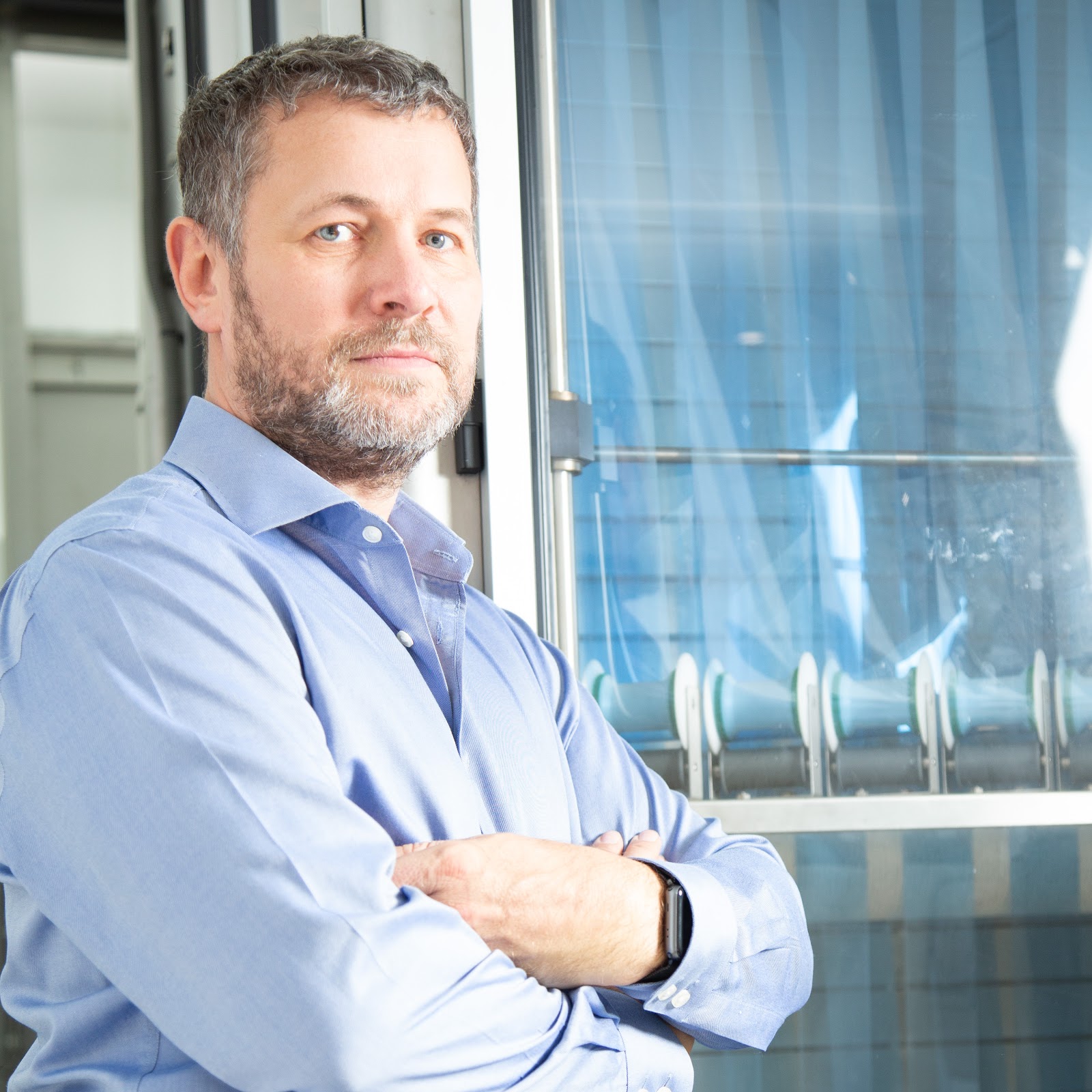
The clients who choose to shoot on film are primarily at the high end of the industry: BMW, Mercedes, Volkswagen and other prestige car brands; fashion brands such as Gucci, H&M, Burberry, and Chanel; and even tech brands like Google, Samsung, and Vodaphone have jumped on the film bandwagon.
One recent commercial that’s generated a lot of buzz is for the UK retailer John Lewis and their grocery partner Waitrose. Shot on 35mm and running 2:30, the spot (which airs both on video and in theaters) recreates Queen’s “Bohemian Rhapsody” as a middle-school production. The richness of color and depth of contrast lends the piece an almost magical quality, from the hilariously complex props to the shining eyes of the proud parents and the gorgeous flesh tones of the rosy-cheeked children.
The difference between film and digital
Of course, in addition to aesthetics, there are physical and practical considerations involved in choosing whether to shoot on film or digitally. Film stock purchase and processing are added expenses, film magazines give you less time to shoot without having to reload, and because negative stock needs to be handled with extra care, it demands more of the director of photography and the camera assistant.
Yet, while a skilled DP can capture striking imagery using digital acquisition and never look back to the limitations of shooting on film, there are those, like Quentin Tarantino and Christopher Nolan, who continue to have a strong preference for the look of film.
Several years ago, Adrian attended a conference in which a panel addressed the digital versus film acquisition question. Also in attendance was Oscar-winning editor, Walter Murch (The English Patient and Apocalypse Now), who can usually be counted on to come up with an original and perfectly apt explanation for nearly any filmmaking-related question.
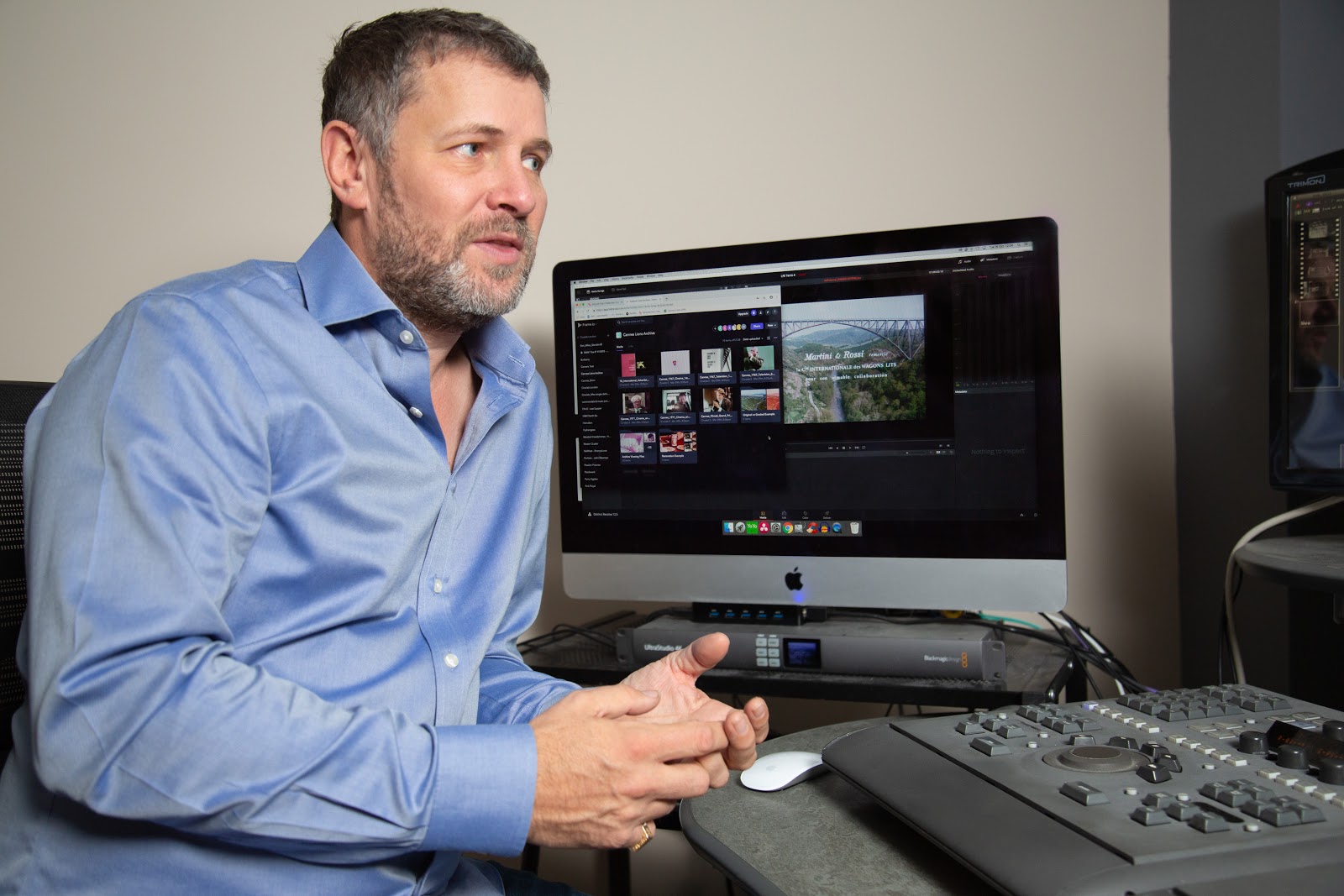
“I’m paraphrasing,” Adrian says, “but Walter said something along the lines of ‘If you look at an empty room that was shot digitally, it looks as if something’s just finished. But if you look at an empty room that was shot on film, there’s the anticipation that something’s about to happen.’”
In other words, given the life that the film grain and subtle gate weave impart to the image, a viewer will feel as though there’s something happening even though the scene itself is static.
Why choose film?
Certainly, many motion picture makers have been swayed by the ease, cost, and quality of digital acquisition. But there are still some compelling reasons to choose film.
Christopher Nolan, for example, shot Dunkirk primarily on 70mm film. As a period piece set during World War II, Adrian points out that the only footage we’ve ever seen of that time was acquired on film.
In an effort to maintain an authentic period look, many productions with larger budgets will continue choosing to shoot on film. Tarantino’s The Hateful Eight was another 70mm film-acquired production, and his upcoming star-studded 1960s-set Once Upon a Time in Hollywood is being shot on 35mm, the most common format used in films of that era.
But that doesn’t quite explain the significant resurgence of film acquisition for commercials. “A lot of digital natives and millennials have never really seen film before, and in the post world over the past ten years, particularly on television, you might not recognize the difference,” Adrian says.
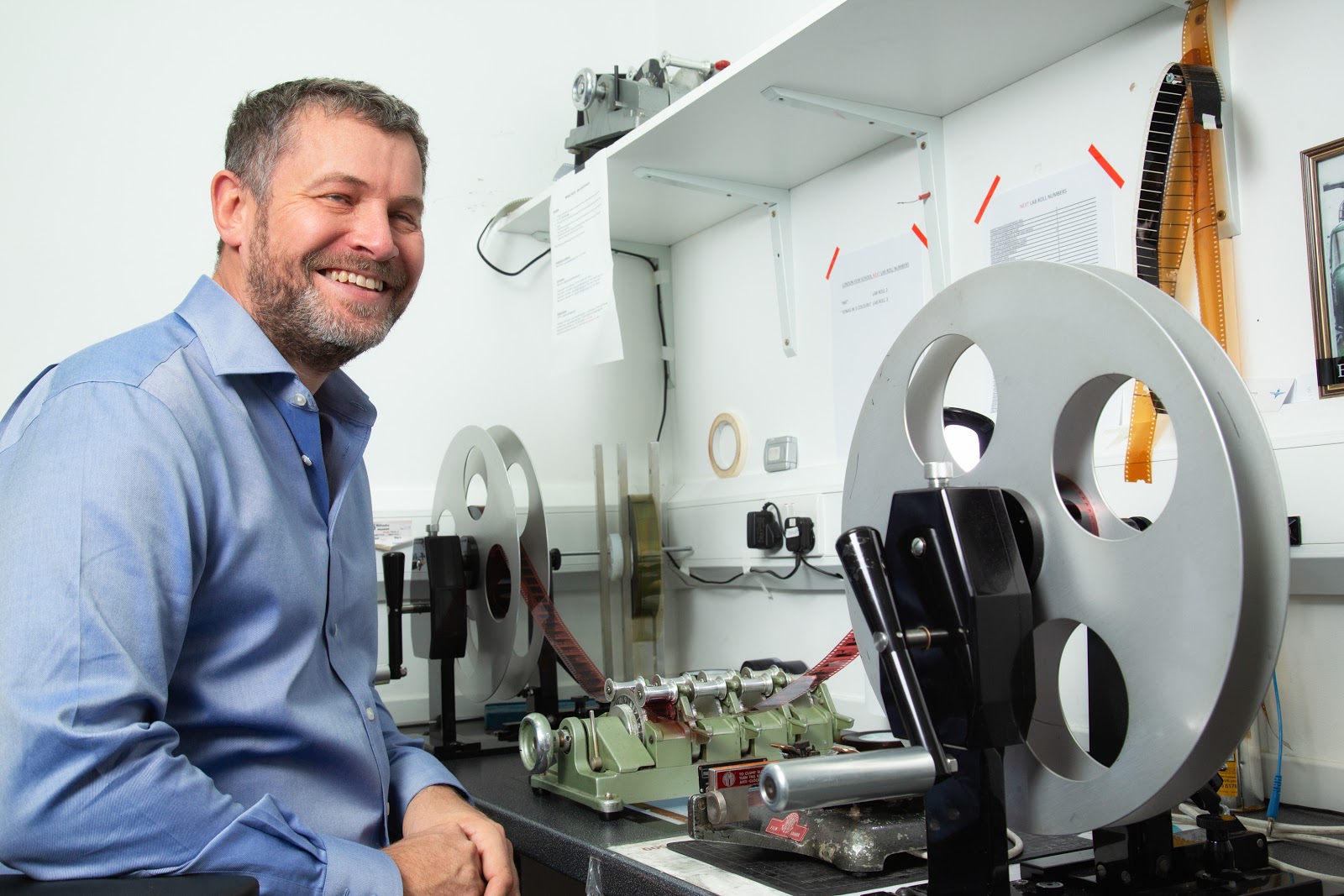
“But what we’re starting to see is people recognizing that film is different. There may also be a bit of digital fatigue, as well. We’ve seen bigger images and more pixels, but it’s still video. I don’t want to debate which is better, but now that we’re able to scan film at high resolutions, you can deliver the highest quality of imagery for video or theatrical presentation from film.”
Cinelab has film scanners that can deliver 4K or 6K images onto digital media so that resolution is no longer limited to videotape standards or subject to compression. Their Scanity 4K scanner, for example, scans at 4K at a rate of 15 fps, a nearly real-time process. The Arriscan can deliver HDR (high dynamic range) images at up to 6K with pin registration for films that want the most stable, highest possible quality for visual effects work.
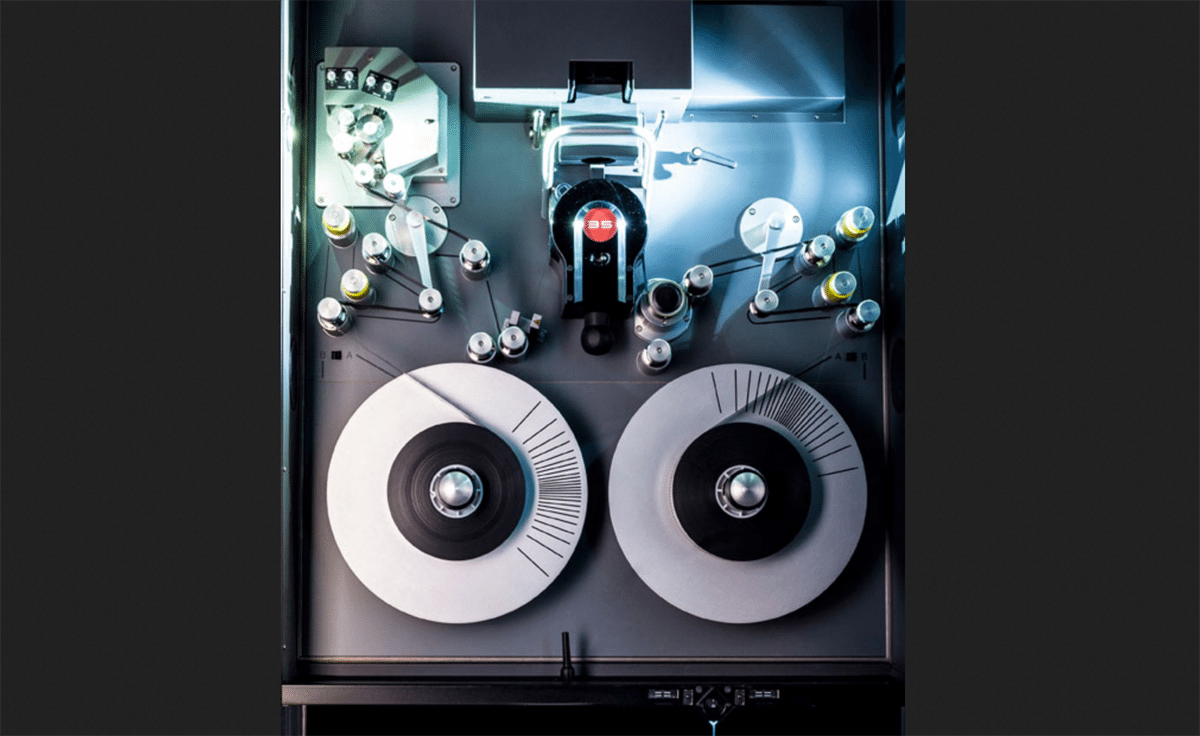
What that means is that even as most theaters nowadays use digital projection technologies, film-originated material can be viewed without a loss of resolution and contrast.
Frame.io and film acquisition
And then there are the independent features that are shot on film. Another example of a director wanting a period piece to capture not just the events but also the aesthetic of the time is the recently released Ralph Fiennes’s-directed biopic The White Crow, about Russian ballet dancer Rudolph Nureyev. Shot in Russia, Serbia, Croatia, and France, it covers his defection from the Soviet Union to the west in the 1960s.
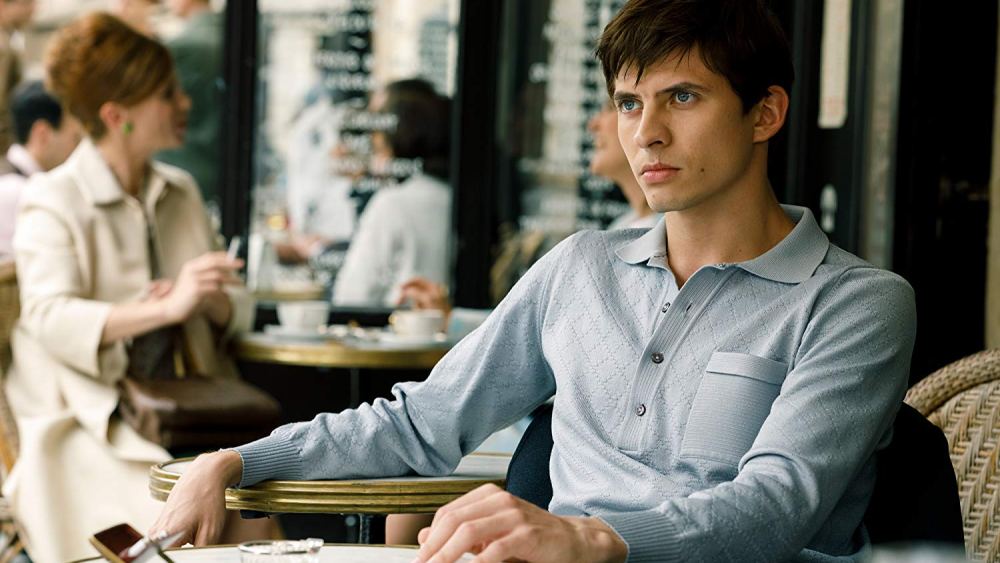
In this case, Fiennes shot on Super 16mm. The inherent challenge of that choice is that unlike shooting digitally, the film needs to be processed in order for dailies to be viewed—and Cinelab is in London.
That’s where Frame.io comes in.
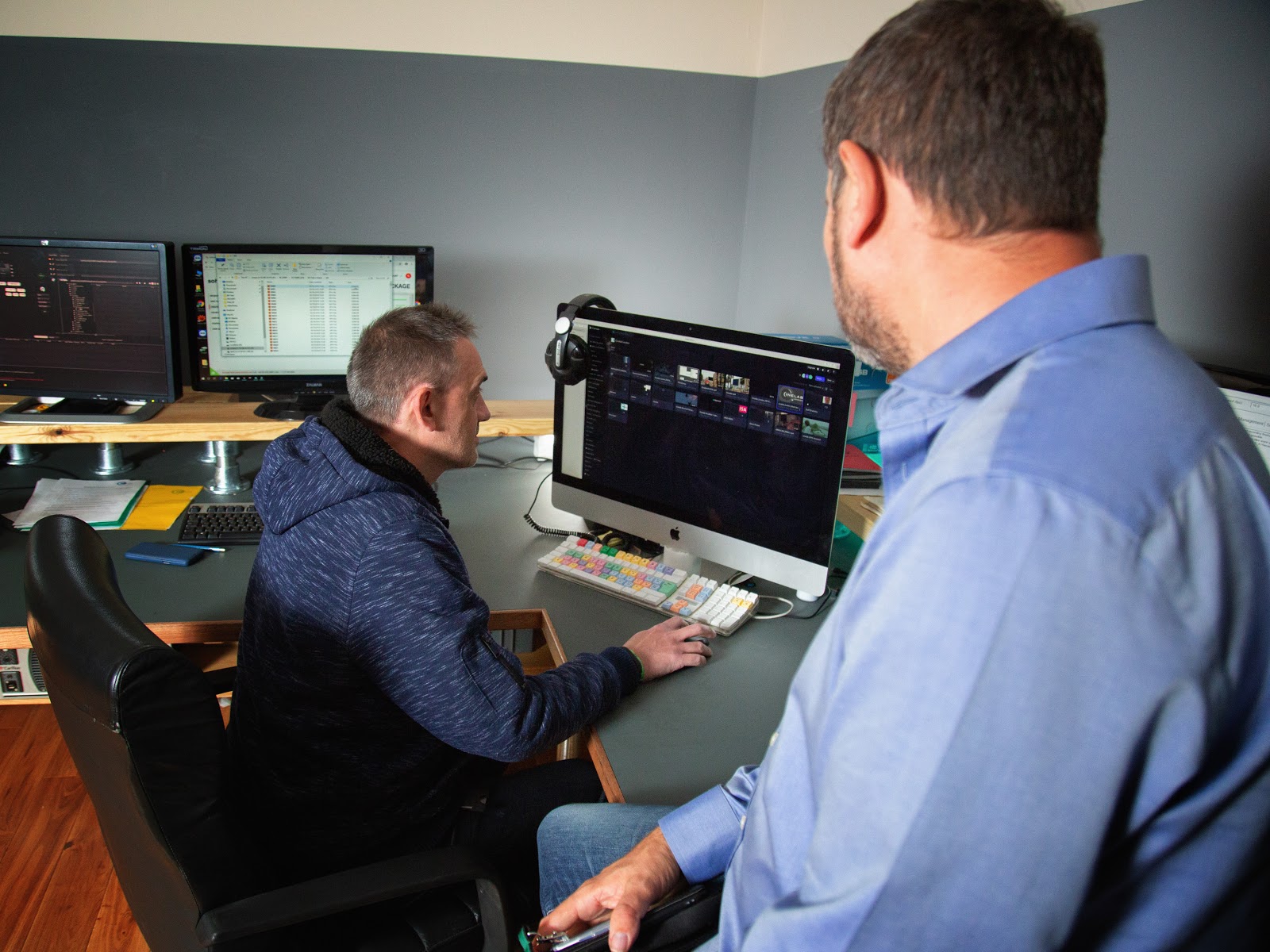
“The production was shooting all over Europe, so the negative was coming in to us in London each day (here’s where Cinelab’s proximity to Heathrow matters). And as soon as the film was processed, we were able to transfer it to their digital format for the cutting room and then upload it to Frame.io so the director and DP could immediately see the dailies wherever they were shooting,” Adrian explains.
“We did that with them throughout the entire shoot and then, after they were done editing, we had to go back and pull the select takes used in the edit to do the final 2K scans for the DI (digital intermediate) process.
“Again, it was great to have Frame.io because we had an immediate picture reference to the dailies, as well as the editorial reference, so that if we’re looking for a particular shot, if there’s any discrepancy between the timecode and the source, we can look onto Frame.io and just scrub through to confirm that it’s the shot we’re expecting it to be.”
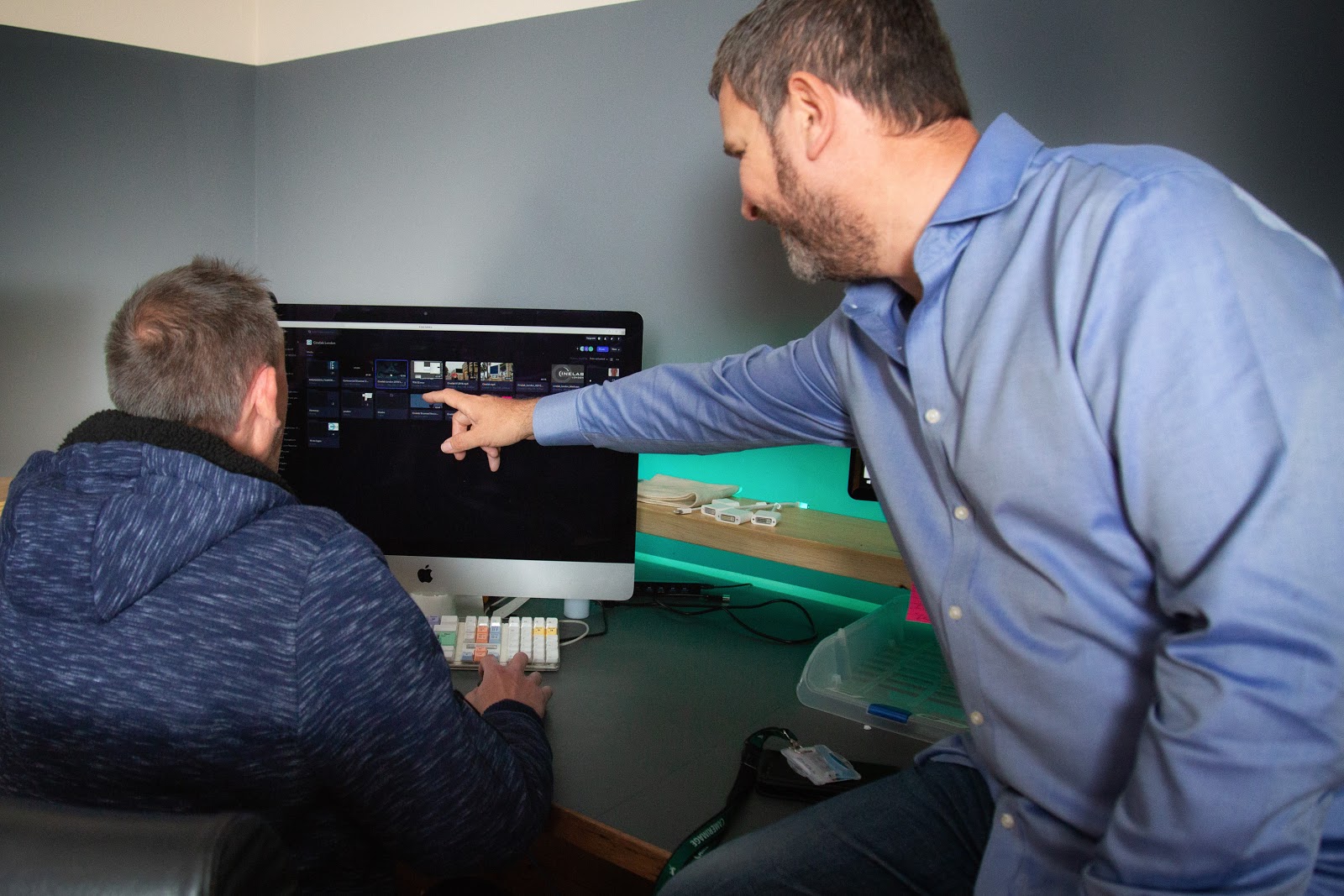
Unsurprisingly, Adrian is passionate about film; and it’s also why he’s passionate about incorporating new technology, like Frame.io, into Cinelab’s workflow.
“The greatest thing about using Frame.io is that we can easily create a project and add the clients into it. We can dynamically add extra clients as needed. As soon as the first film reel is available, the client gets a notification on their inbox or their phones, and they’re able to view the content on a secure platform no matter where they are in the world.”
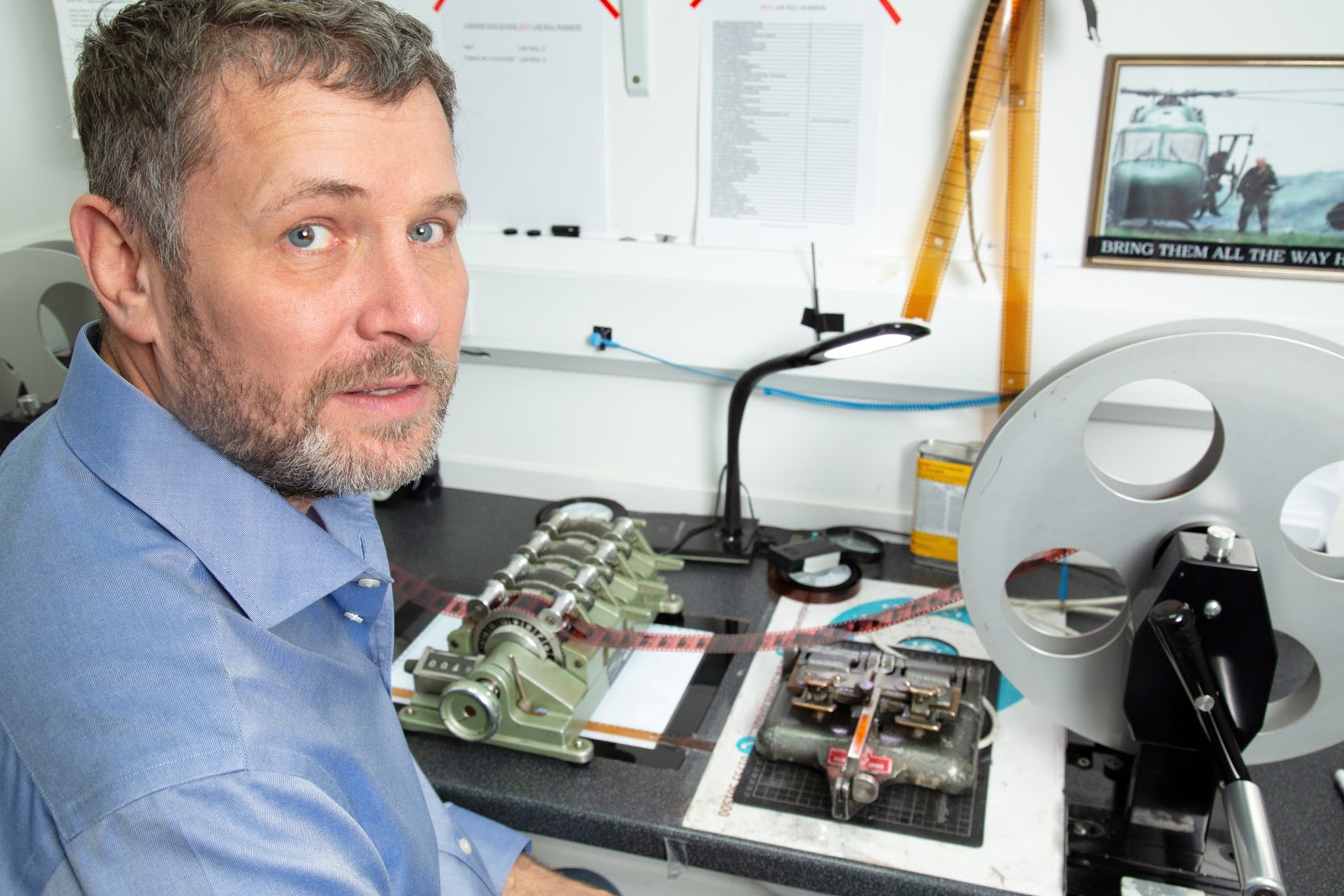
Frame.io and the restoration process
A huge segment of Cinelab’s business is their archival and restoration capabilities—it’s yet another way that they’re employing Frame.io as part of their workflow.
Film buffs worldwide know about the Cannes Film Festival competition for feature films. But in addition to the feature competition, the Cannes Lions International Festival of Creativity has recognized achievements in advertising and branded content since 1954.
It’s been said that at their highest end, commercials carry the highest cost-per-minute production. So it’s no wonder that the festival organizers want to preserve the winning ads for posterity—or that they’ve enlisted Cinelab’s help with that process.
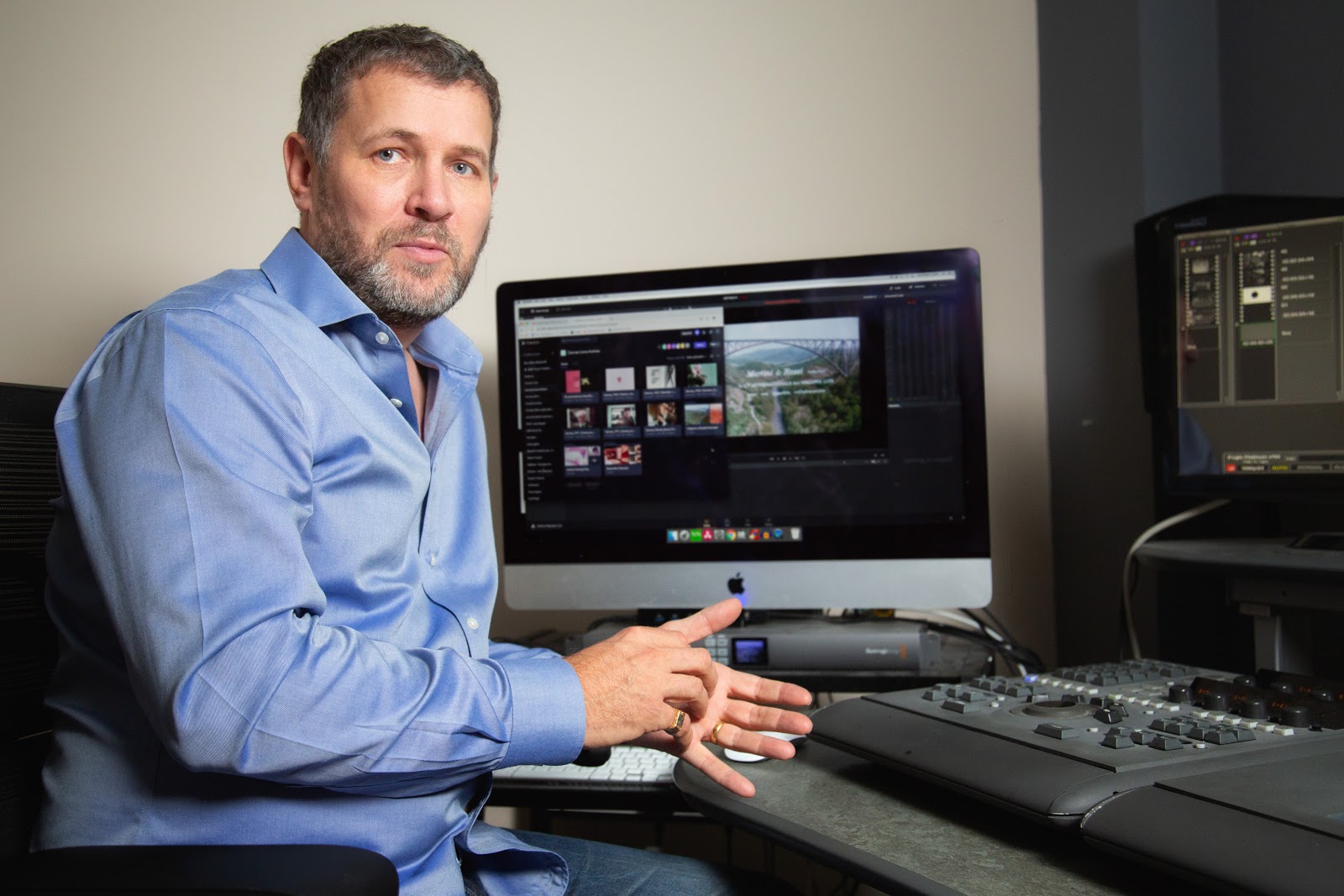
“We’re going through the prize-winning commercials and scanning them at 2K,” Adrian says. “Then, we make them available to the curators on the Frame.io platform so that they can review them and select the ones they want to have graded and/or restored.
“They’ll use the review tool and that way they can actually draw on the frames and request things like, ‘Can you make the colors more saturated around this character,’ or ‘Can we increase the contrast between the background and this object in the foreground?’ Using Frame.io allows them to be very specific without having to physically be in the room.”
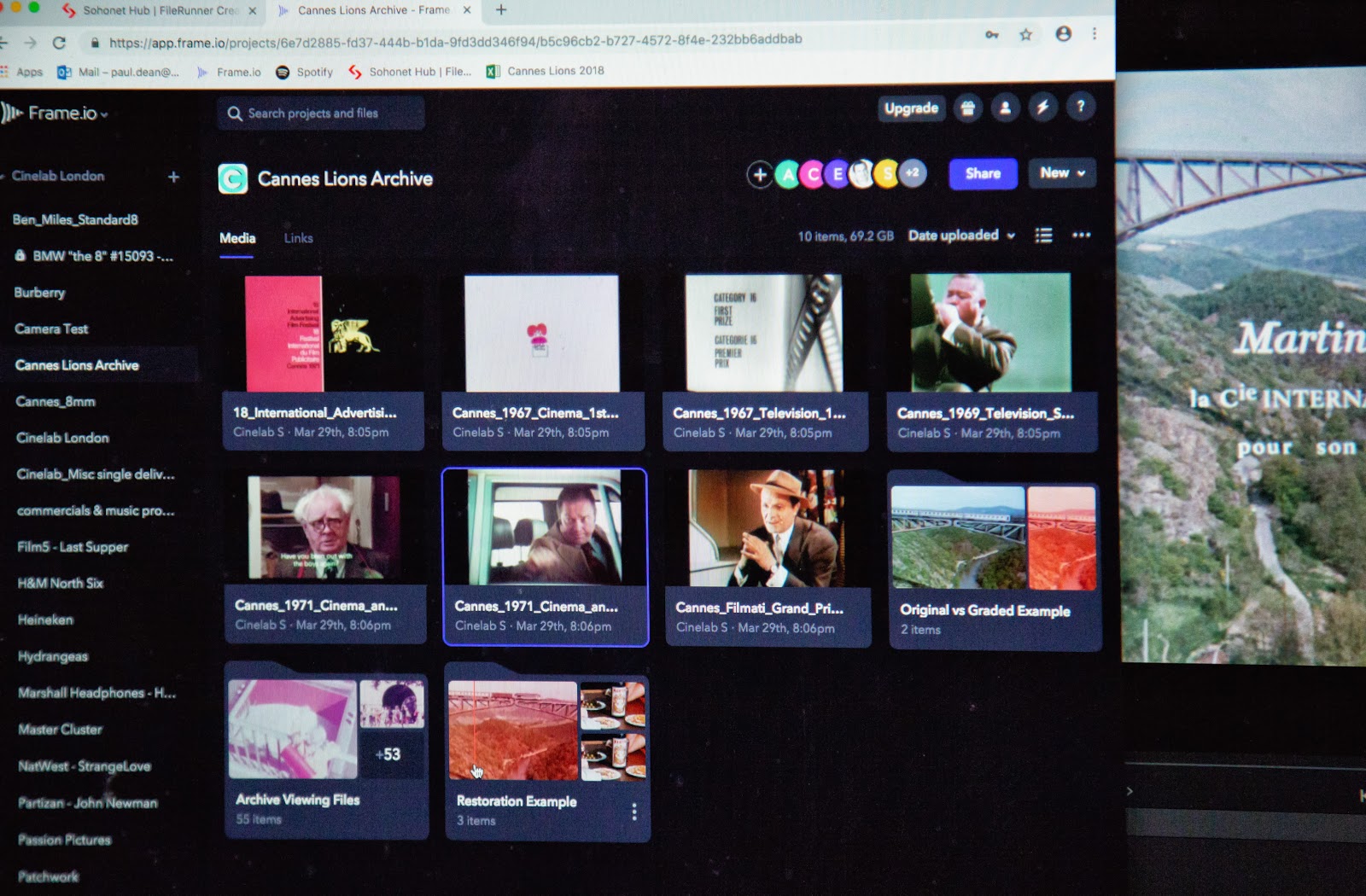
Adrian’s particularly excited about the results. “Some of these commercials are really great and you wonder how they could have been done in the 1960s. But when you show the befores and afters it’s quite amazing.”
In general, Adrian finds that Frame.io is a perfect companion technology to the restoration process. “What’s clear to me is that Frame.io comes out of a world that really understands the business. It’s a very intuitive way of working for our clients and we don’t have to explain an awful lot to them as to how it works. They register into the system, click on the link, and there’s the project.”
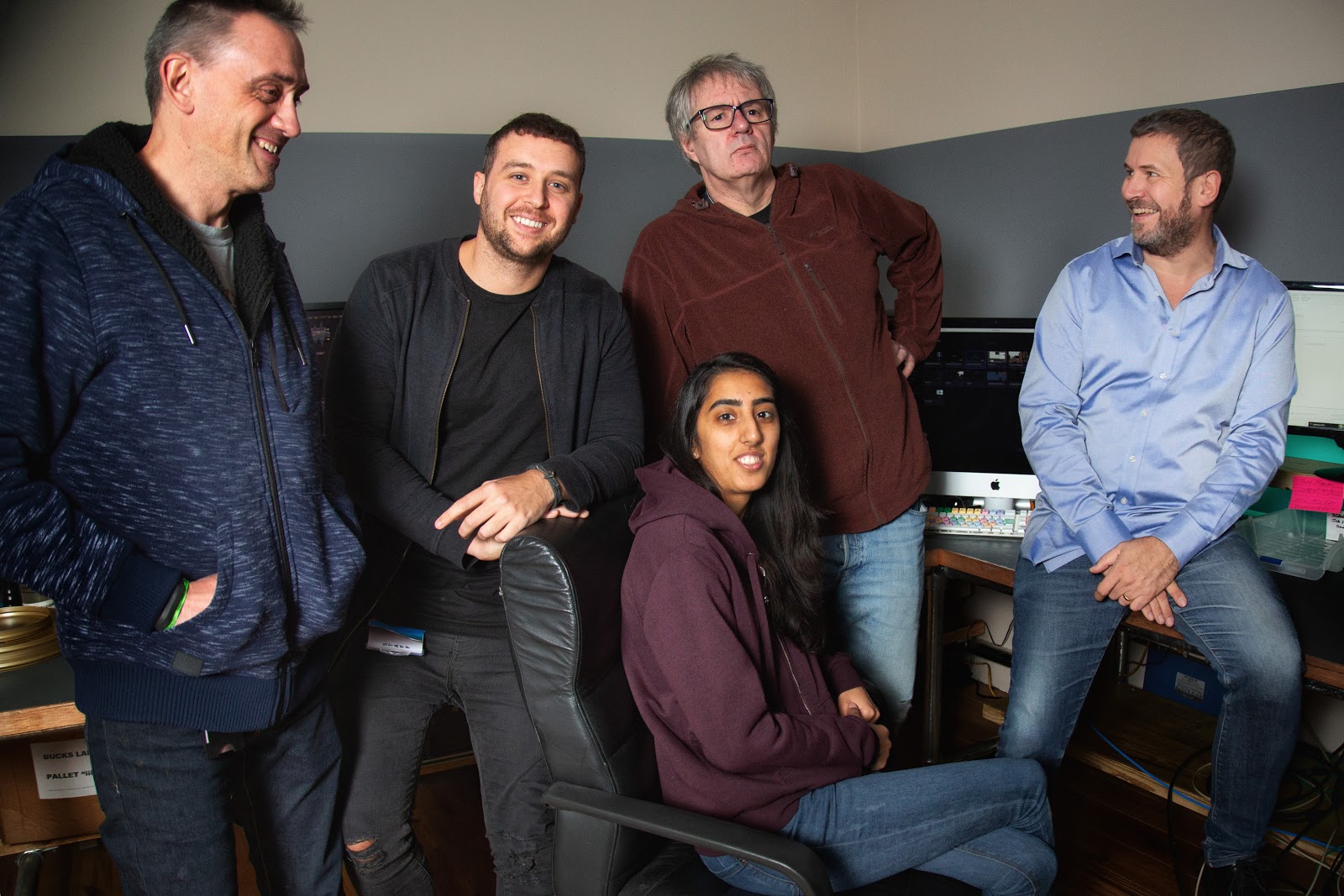
Old versus new
Filmmakers have been using film to make motion pictures for over a hundred years, which means the technicians and artists who created and employed the technology have had more than a century to optimize the processes and results.
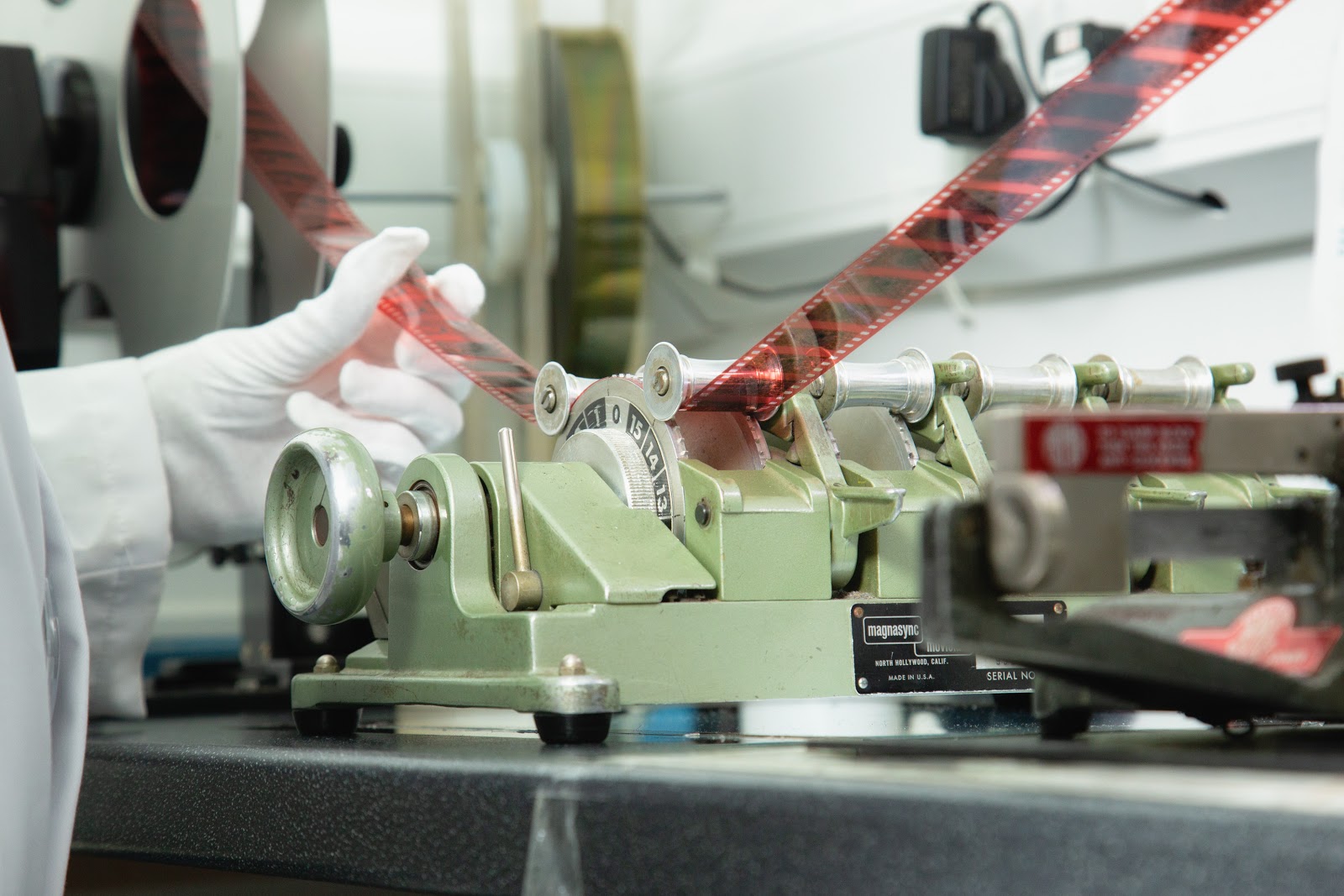
Take, for example, frame rates and shutter speeds. When the first silent motion pictures were made, the typical frame rate was 18fps. If you watch movies made at that rate, you’ll find the motion looks jerky and sped-up. When sound was introduced, the standard frame rate increased to 24fps, a rate that looks “right” to us.
“The frame rate we have now is something that the human eye and brain is sympathetic toward,” Adrian says. “Even the artifacts such as grain and the occasional sparkle of dirt on the print aren’t something that we find particularly objectionable.”
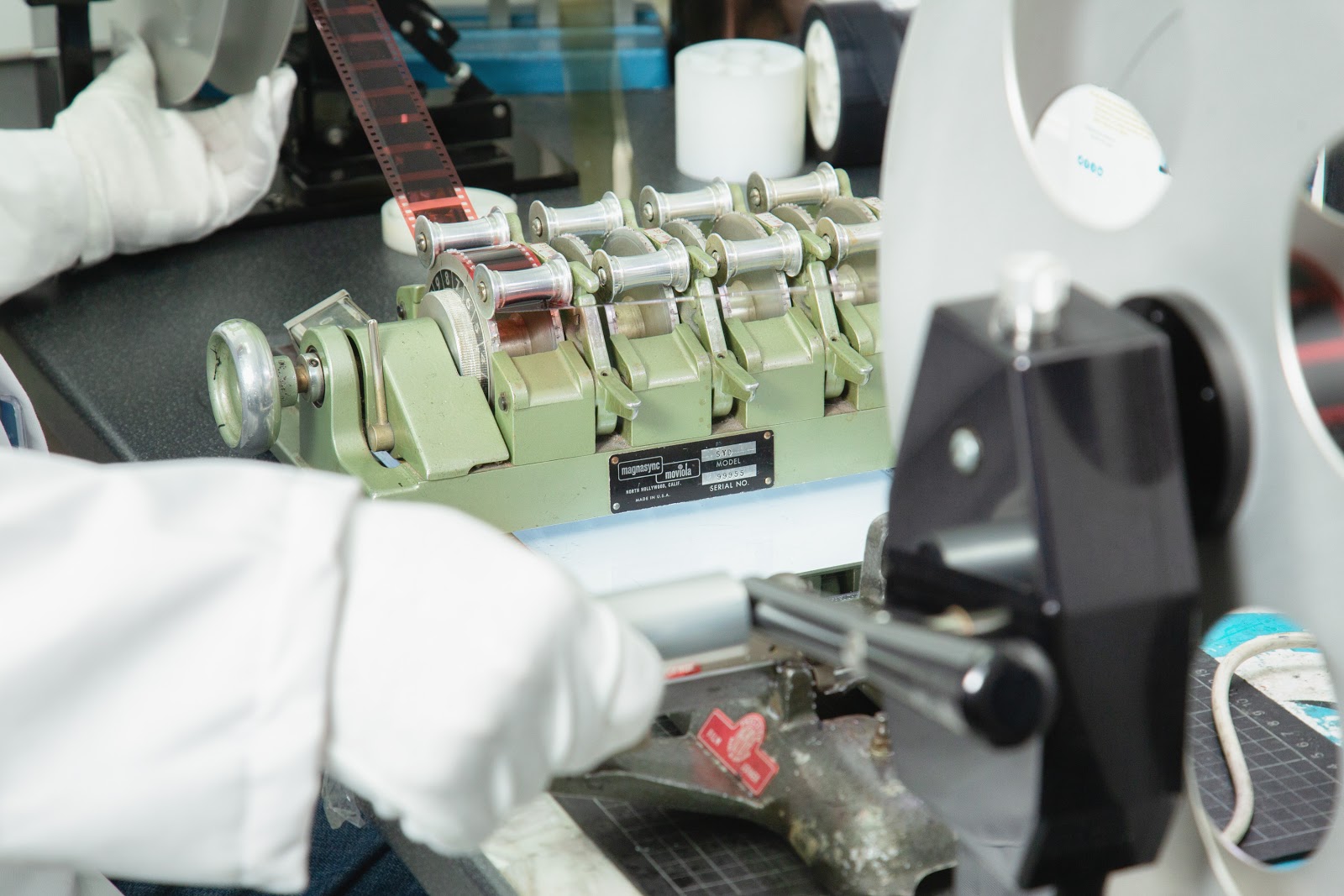
By comparison, fully digital acquisition and distribution has only been a viable technology for cinema-quality projection since 2000, and comes with its own set of artifacts to which our brains haven’t yet become fully accustomed.
“Compression, data dropouts, and contrast levels have come a long way in the last few years, so who knows if and when we’ll get to a point with the technology where it will work as sympathetically with our brains,” Adrian muses.
Experiments such as Peter Jackson’s Hobbit movies, shot digitally at 48fps, stirred quite a controversy, as many viewers absolutely hated the high frame rate version, claiming it looked unnatural and pulled them out of the story rather than immersing them more deeply into it. The crispness and brightness of the images so exceeded what we’re accustomed to seeing that viewers found it jarring.
Mission: Accomplished
Cinelab’s mission is to keep supporting filmmakers who want the look of film. “Even if your whole post process is digital, the nuances of film are retained throughout—from transfer or scanning to final projection. The best way to understand the difference is to actually look at results and compare them.”
In an effort to promote shooting on film, Cinelab participates in the annual Straight 8 competition, in which novices and professionals make short films on one cartridge of super 8mm film with no post-editing, no retakes, and no color grading. All the visuals are completed in-camera, shooting in story order, editing only with each pull of the camera’s trigger. Cinelab then processes the film and lines up the separately created soundtrack to the first frame of picture. What you shoot is what you get.
The proof that Cinelab’s business model of using new technologies to revitalize a much-loved older medium is enabling both die-hard film devotees, as well as a new generation of filmmakers, to create art based solely on their artistic vision.
Let’s say you’re making that super 8 film and you have a shot of an empty room. If Walter Murch’s analogy is right, aren’t you glad that the viewer will be filled with anticipation of what comes next?
